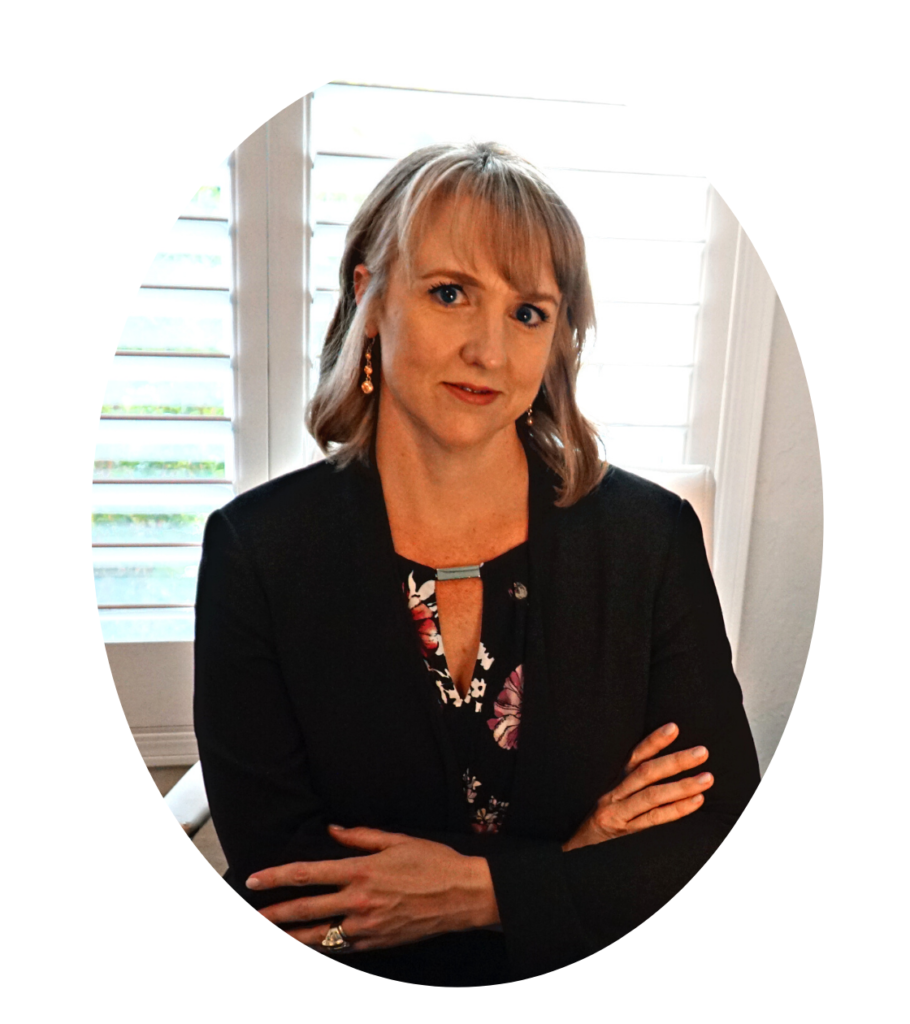If you want to develop healthier habits, use the Experiential Learning Cycle to set yourself up for success. It explains how we learn by doing, reflecting, and adapting. Here’s how to get started.
Develop Healthier Habits Video
Develop Healthier Habits Key Take-Away Points
We learn best by doing a new behavior and identifying what worked and what failed before trying again.
Experiential Learning Theory posits that we can use the learning cycle to help us learn new behaviors (and habits).
The Experiential Learning Cycle has 4 phases:[1]
Experiencing (Concrete Experience): We begin to learn by doing, using our senses and perceptions to pay attention to what happens.
Reflecting (Reflective Observation): After we experience something new, we reflect on what happened and connect feelings with ideas about the experience.
Thinking (Abstract Conceptualization): We think about our experience, draw conclusions, and form new ideas.
Acting (Active Experimentation): We try out our new ideas, apply what we’ve learned, receive feedback, and create the next experience.
Here’s how to apply the cycle to develop healthier habits:
Phase 1: Experiencing
Create and implement a one-week plan for a new healthy habit.
Example: Every day I will practice a different breathing technique for 5-minutes before I go to bed.
Phase 2: Reflecting
After one week of attempting your healthy habit, reflect on the following questions:
- How did you do with your new habits?
- How did the process make you feel?
- What was challenging?
- What were your successes?
Example: I remembered to practice my breathing most nights – 4 out of 7. When I took the time to practice breathing, I felt better. I think it’s good for my stress management. Sometimes I felt too tired or just forgot to do it. I found it difficult to know how long I had practiced and worried about setting a timer. I really liked the 4-7-8 breathing technique the best.
Phase 3: Thinking
Use your experience in Phase 1 and your reflections from Phase 2 to come up with an improved plan.
- How can you improve upon your challenges?
- What can you do to continue your momentum and leverage your successes?
- What can you learn from this experience?
- Update your plan for next week.
Example: Next week I will practice 4-7-8 breathing since that’s the one I liked the most. I won’t worry about how long, but instead will do it for 10 breaths. I’ll put a little sticky note by my alarm clock to remind me.
Acting:
Implement your new and improved plan for your healthy habit. Repeat the cycle.
Helpful Links
More articles on “Changing Habits”
Small Changes, Big Transformation
Using the learning cycle to help us change our habits is one small change we can make to prioritize our health and build resilience. Wellness doesn’t have to feel so overwhelming. Give this practice a try this week and let me know how it goes!
Like this content?
Sign up for Take Five, my newsletter focused on simple, science-based solutions for a calmer, healthier life.
Subscribers receive my free guide “5 Ways to Decrease Stress & Build Resilience in 5-Minutes or Less.”
[1] https://experientiallearninginstitute.org/what-is-experiential-learning/

